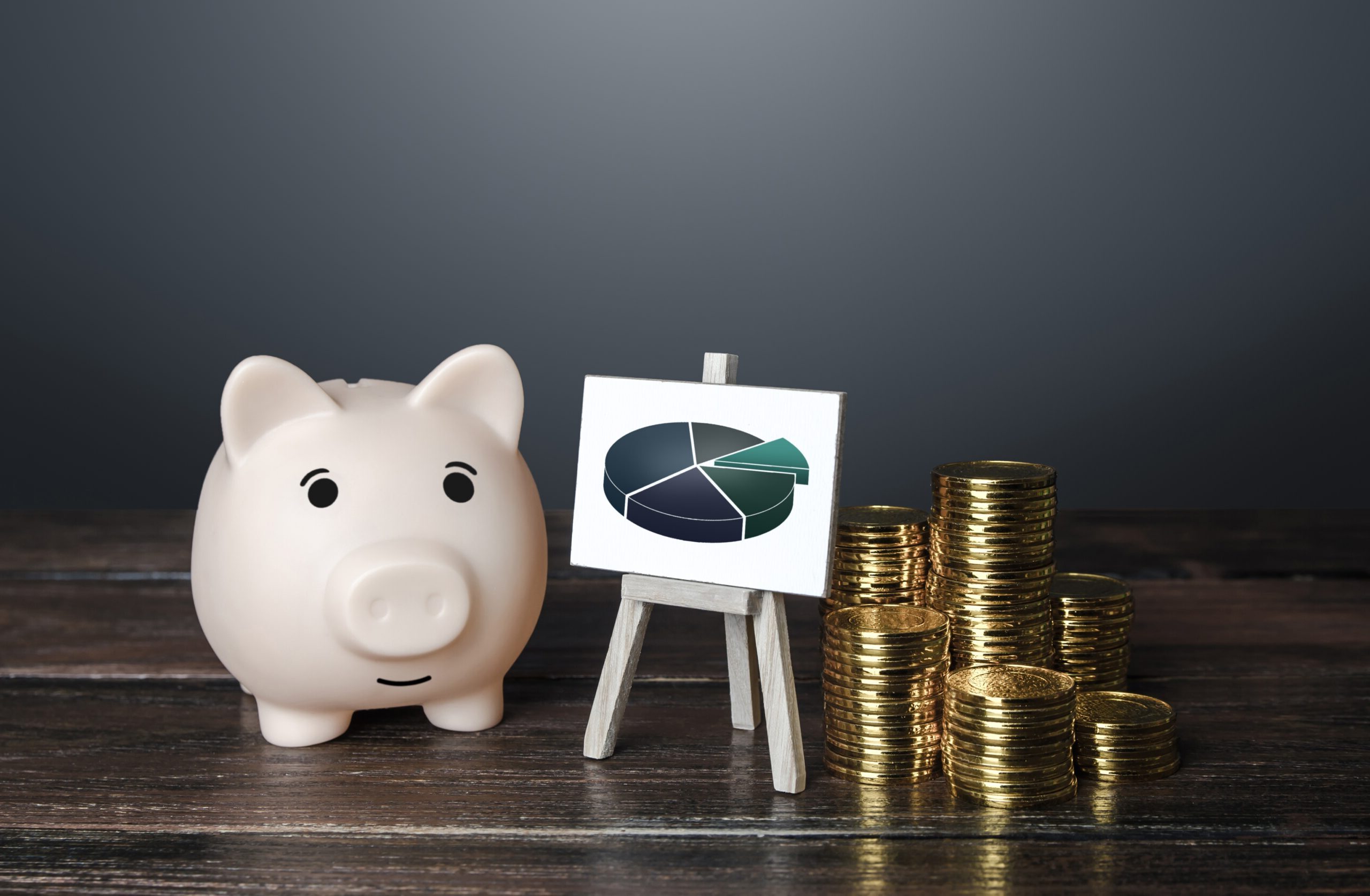The costs of financial advice are often shrouded in mystery. When a client asks me ‘how much does financial advice cost?’ the answer, more often than not is ‘it depends’. Not a particularly helpful response, yet neither a misleading one. Let’s shed some light on the fees you’ll likely face when seeking advice.
Two types of fee
Typically when it comes to advice, there are two types of fee. Firstly there is an Initial Advice Fee, and secondly there is an Ongoing Advice Fee (if an ongoing service is being delivered).
Initial Advice Fees
Generally there are 2 methods of charging here
- A % of assets to be invested/advised upon (usually in the range of 2.0-4.5%)
- An hourly rate model/fixed fee model (usually ranging from £60-£250 depending on the qualifications and experiences of the professionals completing the work)
Both of these methods of charging have their merit and rationale. Yet in my view one skews the balance in favour of the adviser, and therefore you have to question if such an advisor has your true interests at heart or their own commissions front of mind.
Let’s consider a typical client approaching retirement who wishes to receive advice on 3 defined contribution pension pots of the below aggregated values, with a view to consolidating them into one modern scheme. As a softener, the fees can be taken from within the plans for maximal tax efficiency.
| £100,000 | £250,000 | £500,000 | |
| 3% Model* | £3,000 | £7,500 | £15,000 |
| Hourly Rate Model~ | £2,960 | £2,960 | £2,960 |
*N.B. that 3% has been chosen as a benchmark figure. Many advisers charge above this, and some below this.
~N.B. That this is based on the hourly rates charged by Greenfields.
The point here, is that ultimately the same work is being done by the financial planner and their team, just that the values of the pensions may differ. Why therefore should a client with larger sums be charged more than a client with smaller sums!?
My view is that working with a salaried advisor whose personal remuneration is not driven by targets or commissions is more likely to lead to having an adviser whose objectives are centred around happy, contented clients, and helping them to achieve their personal life goals.
Ongoing advice Fees
Most advisers will charge a % of the assets being managed as an ongoing fee. This is because the running costs of an advisory business are very much linked to the assets being managed. There will also be fund management fees, and platform fees. As an all in figure for these 3 elements, the usual range should be somewhere between 1.4%-2.5%. Different practices however will offer widely different levels of service for these fees. As a minimum from an independent advisor, you should expect to receive cashflow planning, tax planning, rebalancing, holistic goals-based financial strategies and an annual forward planning meeting.
In many circumstances, a high quality financial planner will save their clients more in taxation and reliefs than the fees paid.
Consumer Duty Legislation
New legislation called Consumer Duty has recently been introduced, which means that all financial advice firms must offer a ‘fair value’ assessment for their clients. This has led to many reductions in fees which can only be a positive outcome for clients. But nevertheless, it remains the case that businesses will set their own fees – and individual clients will then choose if they feel these represent ‘value’ for them – which is a very subjective and personal decision. Transparency, and clarity over fees should be embraced.
Do not be afraid to ask of the advisor to whom you are considering trusting your financial future ‘How do you get paid and what service do you provide?’. Only then can you assess the value of their proposition.






